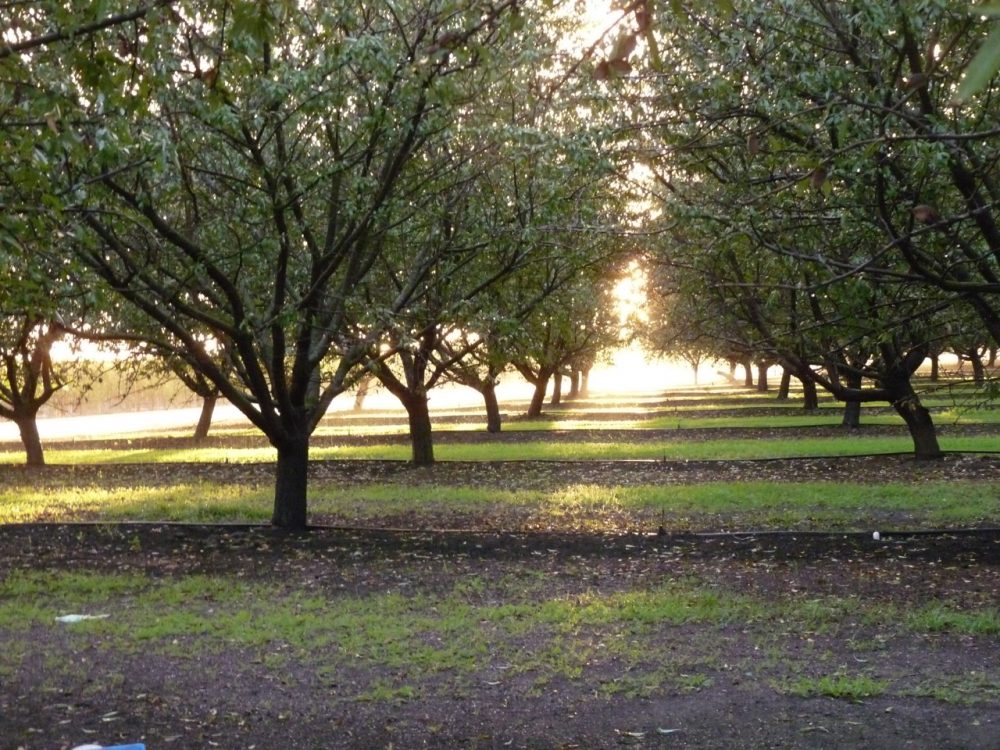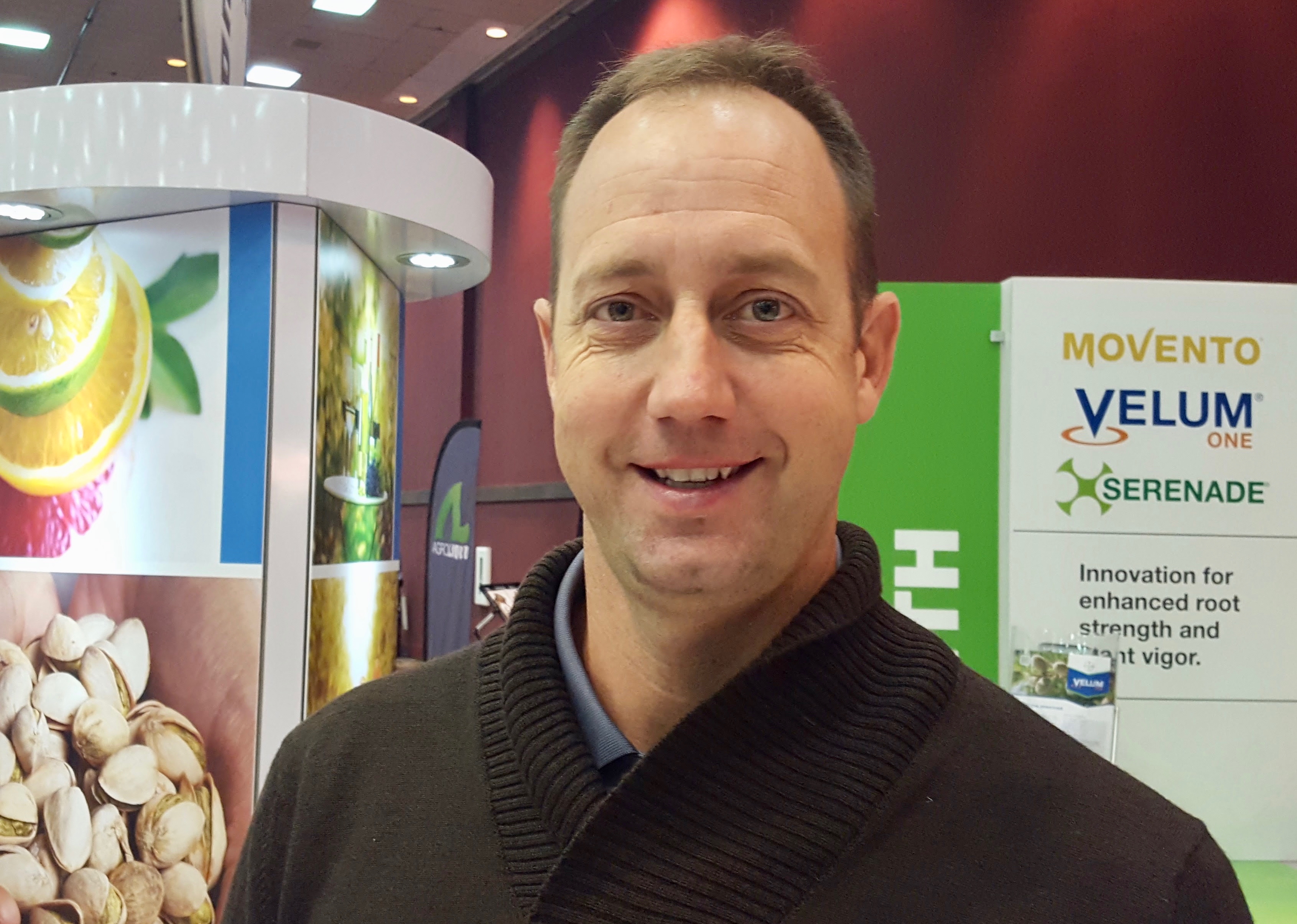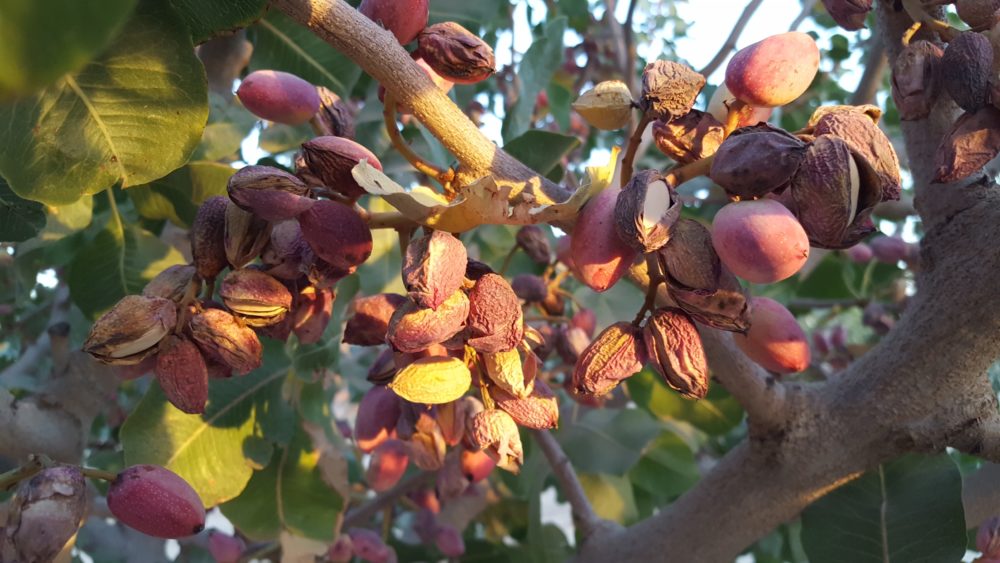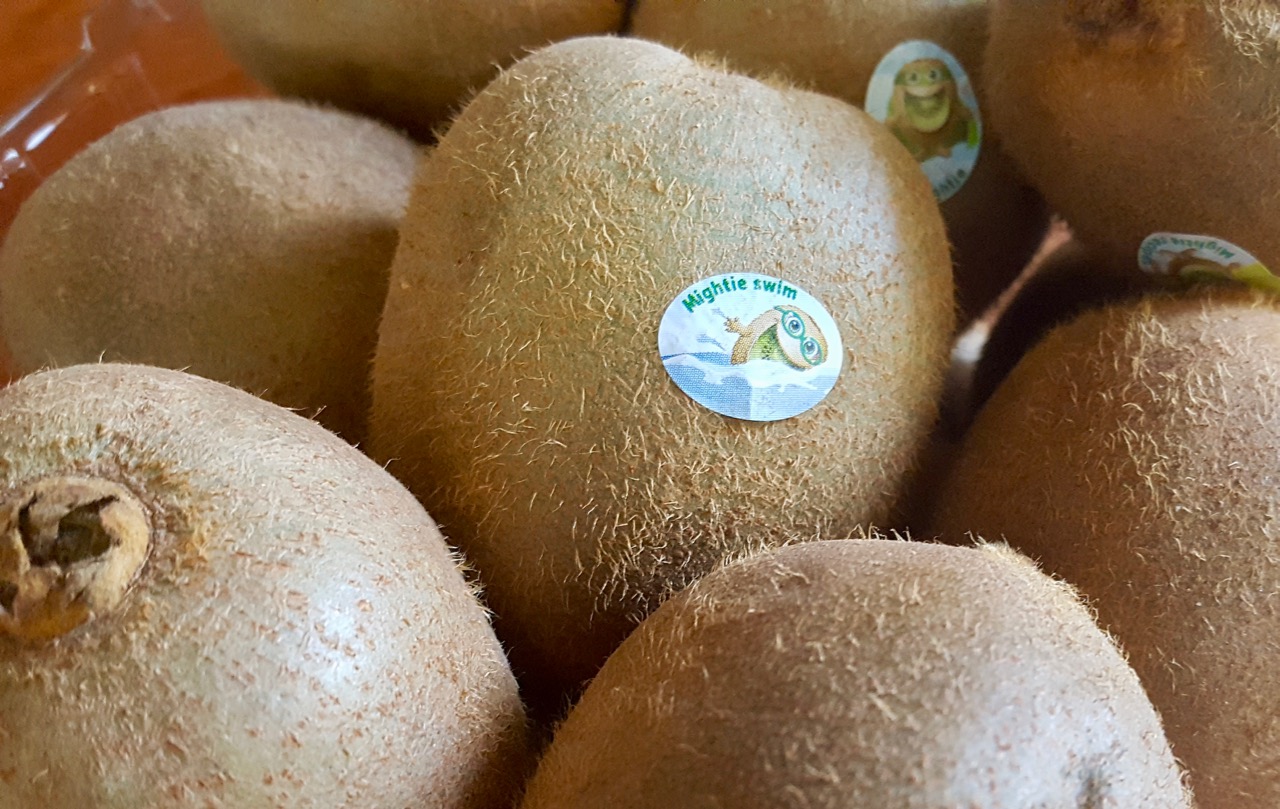Bean Seed Moisture Content Important
Bean Seed Germination Issues
By Patrick Cavanaugh, Farm News Director
Statewide, there has been a problem with bean seed germination. In other words, when growers plant the seed, it does not germinate well. This is seed that is being grown to be planted as bean seed for a crop to be consumed.
Rachel Long—a UC Cooperative Extension Farm Advisor based in Woodland serving Yolo, Sacramento and Solano counties—is studying the problem.
“We had a big meeting last year with the California Dried Bean Advisory Board to discuss this, and one of the thoughts that came up is that maybe because of the drought that we’re letting the seed dry down a little bit too much, and then when it’s harvested, it’s getting internal injury by the combine and therefore that internal injury is causing these seeds to not germinate real well,” Long said.
“So I started a project to try to figure out, whether or not there’s some relationship between seed moisture at harvest and the quality of the seed,” Long said. “We are seeing some differences in particular if you do a harvest, certainly in the morning where you have a little bit higher moisture content, that you end up with better seed germination.”
“So even though they are planting seed for a seed crop, the seed is not treated any different than if it were being planted for consumption, and they are harvested in the same way,” Long explained.
“But what we think is that if you’re harvesting beans or seed stock, then you have to be much more careful and really watch the moisture content, so growers would want to harvest them in the morning rather than the afternoon, when there is more moisture content,” she said.





















